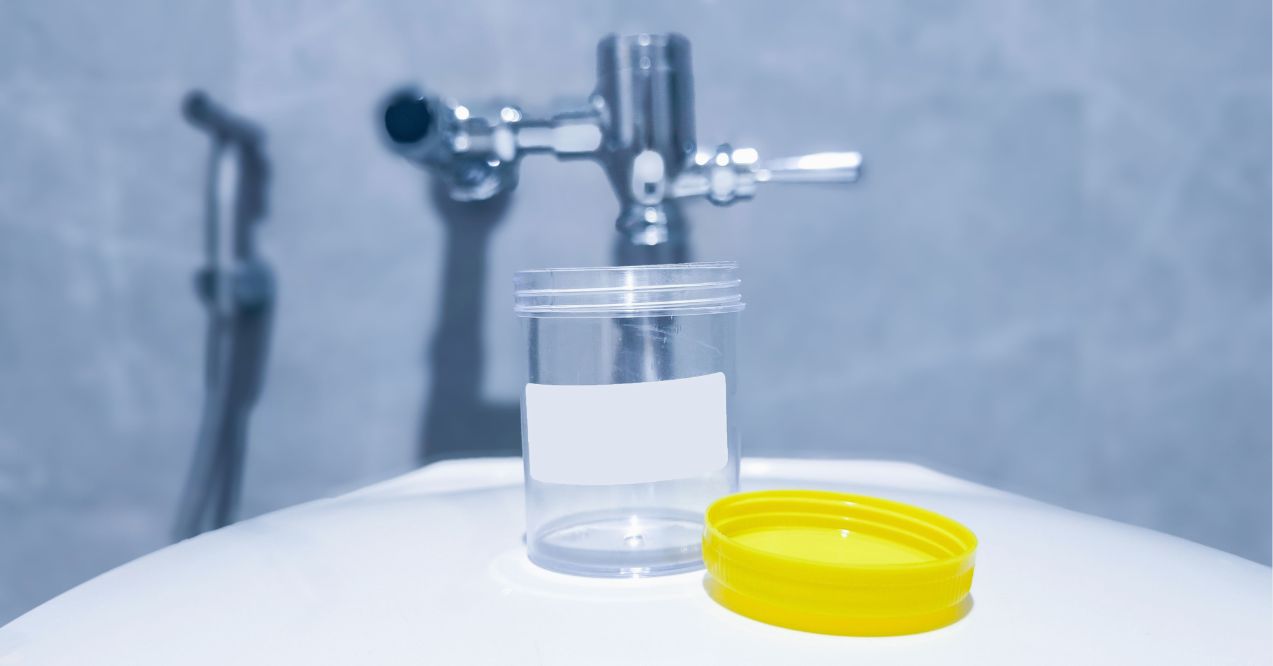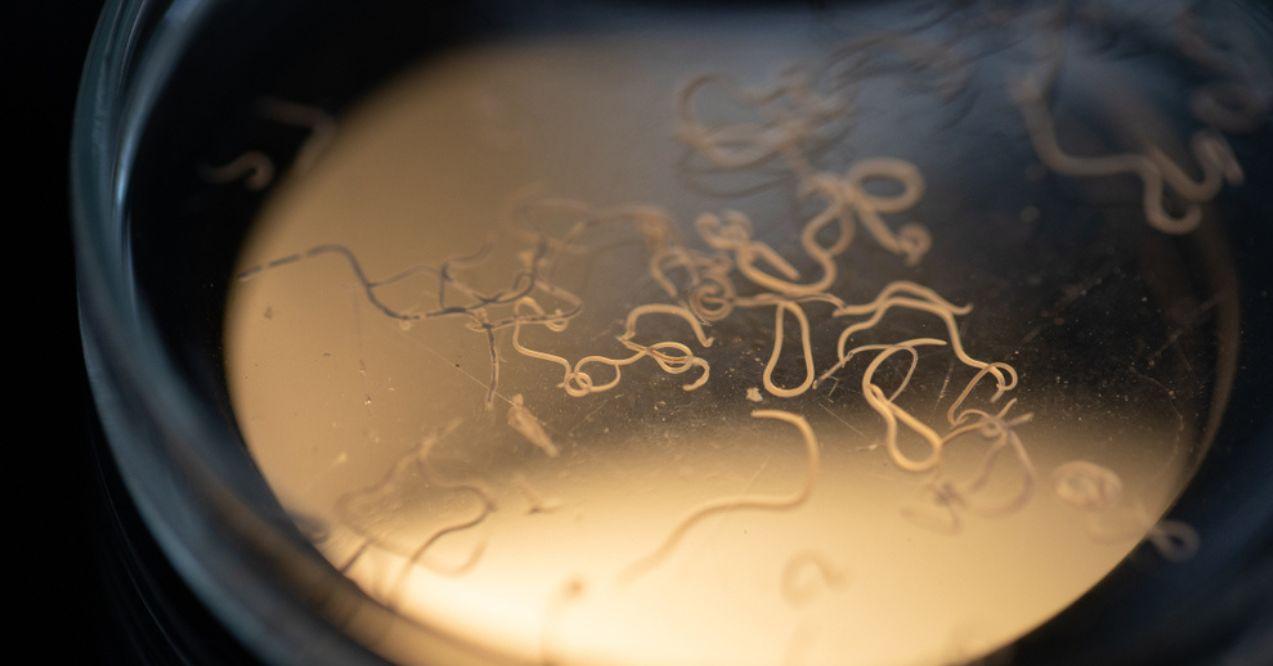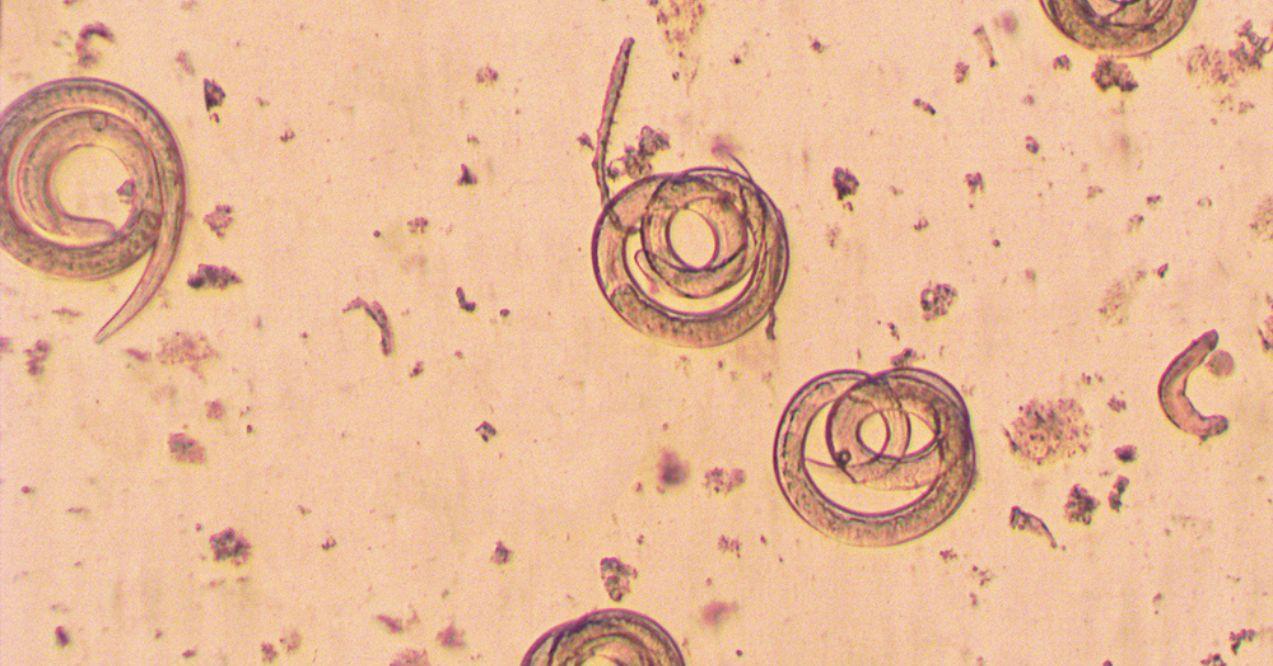How to Test for Parasites at Home?
Discover the signs of parasites & how to test for parasites at home. Inside you will find 7 steps to take to test your stool.


Understanding how to test for parasites at home is an essential tool for maintaining optimal health. Parasitic infestation have become a pervasive issue that crosses geographical boundaries. These invaders can have an impact on human health, causing a mix of symptoms.
Traditional diagnostic methods, such as the ova and parasite (O&P) test, play a pivotal role in identifying parasites. However, the advent of at-home testing kits has revolutionized the way individuals approach the diagnosis, offering a convenient means to identify the presence of parasites.
This blog aims to delve into the various aspects of parasitic infestations, including their symptoms, how to conduct parasite tests at home, and the steps one can take to prevent and eliminate these invaders, ensuring a comprehensive understanding of diagnosis and treatment.
Common Gastrointestinal Parasites
The gastrointestinal tract can become a hospitable environment for several types of parasites, which can significantly affect human health. Among the most common are:
- Giardia lamblia, a protozoan parasite that causes giardiasis, leads to symptoms such as diarrhea, gas, and stomach cramps.
- Cryptosporidium, another protozoan, triggers cryptosporidiosis, known for watery diarrhea and abdominal pain.
- Entamoeba histolytica triggers amoebiasis, which can cause severe diarrhea, loss of appetite, and weight loss.
- Helminths, or worm-like parasites, also pose a significant health threat. Key examples include, Ascaris lumbricoides (roundworm), Trichuris trichiura (whipworm), and Ancylostoma duodenale and Necator americanus (hookworms) are notorious for causing nutritional deficiencies and physical debilitation. These parasites primarily enter the human body through the ingestion of contaminated food or water, highlighting the importance of hygiene and sanitation in preventing parasitic infections.
What Are the Signs That You Have a Parasite?
Parasites can often live within the host without causing immediate symptoms, making them particularly insidious. However, when symptoms do appear, they can range from mild to severe, impacting various aspects of health and wellbeing. Being aware of these signs and recognizing them early can lead to a timely diagnosis and effective treatment, potentially averting more serious health issues.
Here are some common signs that may indicate a parasitic infection:
- Chronic Digestive Issues – Persistent diarrhea can be a sign of intestinal lining damage caused by parasites. This disruption in normal digestive processes can lead to discomfort and malabsorption of nutrients.
- Abdominal Pain – Inflammation in the upper small intestine is often associated with roundworm, fluke, hookworm, or tapeworm infections, leading to significant abdominal discomfort.
- Anal Itching – Especially pronounced at night, this symptom is closely linked to pinworms, which tend to migrate and lay eggs around the anus, causing intense itching.
- Fatigue and Weakness – Intestinal worms can deplete the body’s nutrients, leading to an overall feeling of fatigue and weakness as the body struggles to function normally.
- Change in Appetite and Weight Loss – Sudden changes in appetite, particularly increases, can be a sign of a parasitic infection. This is often accompanied by unexplained weight loss as the body fails to gain adequate nutrition.
- Mental Distress – Mood swings and other related mental issues can result from the toxic metabolic waste produced by parasites, which affect neurons and neurotransmitters.
- Iron Deficiency Anemia – This condition is often caused by roundworms or pinworms, which feed on blood and nutrients, leading to significant iron loss.
- Skin Problems – Rashes, hives, and allergies can emerge due to the inflammation triggered by parasitic infections, reflecting the body’s immune response.
- Muscle and Joint Pain – When parasites invade soft tissue, they can cause pain that is often mistaken for inflammation of a joint. This pain is a result of both toxins released by the parasites and the body’s immune response.
- Bruxism or Teeth Grinding – Nighttime teeth grinding can be a reaction to the anxiety and restlessness caused by the body’s response to parasites’ waste and toxins.
Identifying these symptoms as potentially indicative of a parasitic infection is the first step towards seeking proper medical advice and treatment. Recognizing the signs early can significantly impact the efficacy of treatment and the speed of recovery.
How to Test for Parasites at Home? Whole Procedure
Parasitic infections, though daunting, can often be diagnosed through a stool examination, more commonly referred to as an ova and parasite (O&P) test. This type of diagnostic procedure can indeed be initiated from the comfort of your home, with the aid of a parasite test kit designed specifically for human use. Here’s a detailed, step-by-step guide to navigating the process of collecting a stool sample at home for a parasite test.
Step 1: Ordering a Parasite Test Kit
The first step involves researching available parasite test kits. These kits are designed with the parasite test for humans in mind and can usually be ordered online. Ensure you’re choosing a kit from a reputable supplier that provides clear instructions for sample collection and includes pre-paid shipping materials for sending the sample to a lab.
Step 2: Understanding the Instructions
Upon receiving your kit, read all provided instructions carefully. These instructions are crucial for ensuring the accuracy of your test results. They will include how to collect the sample, how to store it, and how to send it to the lab.
Step 3: Collecting the Stool Sample
Before collecting your stool sample, make sure you have a clean, dry container to catch the stool. Some kits provide a special collection tray that fits over the toilet. Use the tools provided in the kit to transfer a small sample of your stool into the collection container. It’s important to avoid contaminating the sample with urine or toilet water, as this can affect the results. Once collected, seal the container as instructed. If the sample cannot be sent to the lab immediately, store it according to the kit’s instructions — usually in a cool place or refrigerated.
Step 4: Sending the Sample to the Lab
Pack your sample using the pre-paid shipping materials included in your kit. It’s essential to send your sample to the lab as soon as possible after collection, typically within 24 hours, to ensure the sample remains viable for testing.
Step 5: Collecting Multiple Samples
Since parasites and their eggs can be shed intermittently, most kits will require you to collect samples on different days. This multi-day collection improves the accuracy of the test, as it increases the chances of detecting parasites if they are present.
Step 6: Receiving and Understanding Your Results
After the lab has received your sample, the results will usually be available within a few days to a week. The method of result delivery can vary but often includes a secure online portal or direct communication from the healthcare provider who ordered the test.
Step 7: Follow-Up
If parasites are detected, the lab report will typically include information on the type of parasite present and its concentration. This information is crucial for your healthcare provider to determine the appropriate treatment.
In short, performing a parasite test at home involves a straightforward process of collecting and sending a stool sample to be analyzed by a laboratory. This method offers a convenient and effective way to diagnose parasitic infections.
However, it’s important to follow up with a healthcare provider to interpret the results accurately and discuss potential treatment options. Remember, while home testing can be a valuable tool for initial screening, it should complement professional medical advice and diagnosis.
Other Ways to Test for Parasites
Beyond the home-based methods, several more professional options exist for those pondering how to test for parasites. These include:
- Blood tests, which can detect certain parasites known to roam outside the intestines or those that trigger an immune response.
- Endoscopy and colonoscopy are invasive procedures offering direct visual inspection of the gastrointestinal tract for signs of parasitic infections.
- Imaging tests like ultrasounds or CT scans can identify abnormalities caused by parasites in organs.
Each of these methods provides a unique diagnostic lens, often employed when home testing suggests the need for further investigation or when symptoms persist despite negative home test results.
Who Needs a Parasite Test?
Certain groups of individuals are at a higher risk of parasitic infections and would greatly benefit from an O&P test to ensure timely diagnosis and treatment. Travelers visiting countries with high rates of parasitic infections, particularly regions where sanitation and hygiene practices may be compromised, are especially vulnerable. Individuals with weakened immune systems, face a higher risk of contracting parasites due to their diminished capacity to fight off infections.
Moreover, people who have been exposed to contaminated food or water, through either recreational activities or consumption of undercooked meat or improperly washed produce, are also at increased risk. Additionally, individuals exhibiting symptoms indicative of a parasitic infection, such as prolonged diarrhea, abdominal pain, or unexplained weight loss, should consider undergoing a parasite test to identify the cause and receive appropriate treatment.
How to Avoid Parasites in Humans?
Preventing parasitic infections involves a multifaceted approach focused on hygiene, dietary practices, and environmental awareness. Here are some practical strategies:
Practice Good Hygiene
Regular handwashing with soap and water, especially before eating or preparing food and after using the bathroom, is essential. This simple practice can significantly reduce the risk of ingesting parasite eggs that may be present on contaminated surfaces or foods.
Ensure Food and Water Safety
Consume only properly cooked meat and fish, and wash fruits and vegetables thoroughly before eating. Drinking water should be from a safe, clean source. When in doubt, opt for bottled water, especially in regions where water safety is a concern.
Avoid Contact with Contaminated Soil or Water
Wear protective footwear when walking in areas where soil may be contaminated, and avoid swimming in bodies of water that are known to be unsafe or polluted. Parasites can enter the body through the skin or by accidental ingestion.
Take Preventive Measures When Traveling
Travelers to high-risk areas should take extra precautions, such as receiving appropriate vaccinations, using insect repellent to ward off insect bites, and adhering to food and water safety guidelines specific to their destination.
In addition to the aforementioned preventive strategies, incorporating certain supplements into your daily regimen can offer an extra layer of protection against parasitic infections. One such product is Parabroom from PureHealth Research, a supplement specifically formulated to support the body’s natural defenses against parasites.
The formula includes black walnut hull and wormwood, two potent herbs known for their vermifuge properties, meaning they help expel intestinal worms. Another key ingredient, clove, has been shown to possess powerful antimicrobial and antiparasitic effects, which can disrupt the lifecycle of various parasites. Additionally, Parabroom contains oregano oil, which is known for its broad-spectrum antibacterial and antiparasitic capabilities, providing a robust defense against a wide array of parasitic organisms.
By integrating Parabroom into your health routine, you not only fortify your body’s defenses against parasitic invasions but also support overall digestive wellness. However, iIt’s important to note that while supplements like Parabroom can be a good choice, they should complement the preventive measures discussed earlier, such as practicing good hygiene and ensuring safe food and water consumption, for a comprehensive approach to avoiding parasitic infections.
As with any supplement, consulting with a healthcare provider before beginning use is recommended to ensure it aligns with your specific health needs and circumstances.
Key Takeaways
Testing for parasites at home is a feasible and convenient option for initial screening, using readily available kits. Following up with a healthcare professional to interpret results and discuss treatment options is crucial.
Remember, various other testing methods exist, and certain individuals, such as travelers or those with weakened immune systems, may require regular testing. Prevention, however, remains paramount and involves maintaining good hygiene, ensuring safe food and water intake, and taking necessary precautions when traveling.
To check yourself for parasites, you can order a home testing kit designed for detecting parasites through stool samples. Follow the kit’s instructions to collect and send off your sample for analysis, which will identify any present parasites.
You might have a parasite if you experience symptoms like chronic digestive issues, unexplained weight loss, fatigue, skin irritations, or mood changes. These symptoms can vary widely and sometimes resemble other health issues, so monitoring for multiple symptoms is key.
The best test to detect parasites is a comprehensive stool analysis, known as the ova and parasite (O&P) test. It examines multiple stool samples over several days for the presence of parasites or their eggs and is considered highly effective for diagnosing parasitic infections.
Sign up for our Healthy Living newsletter!
Advertisement. This site offers health, wellness, fitness and nutritional information and is designed for educational purposes only. You should not rely on this information as a substitute for, nor does it replace, professional medical advice, diagnosis, or treatment. If you have any concerns or questions about your health, you should always consult with a physician or other health-care professional. Do not disregard, avoid or delay obtaining medical or health related advice from your health-care professional because of something you may have read on this site. The use of any information provided on this site is solely at your own risk.











